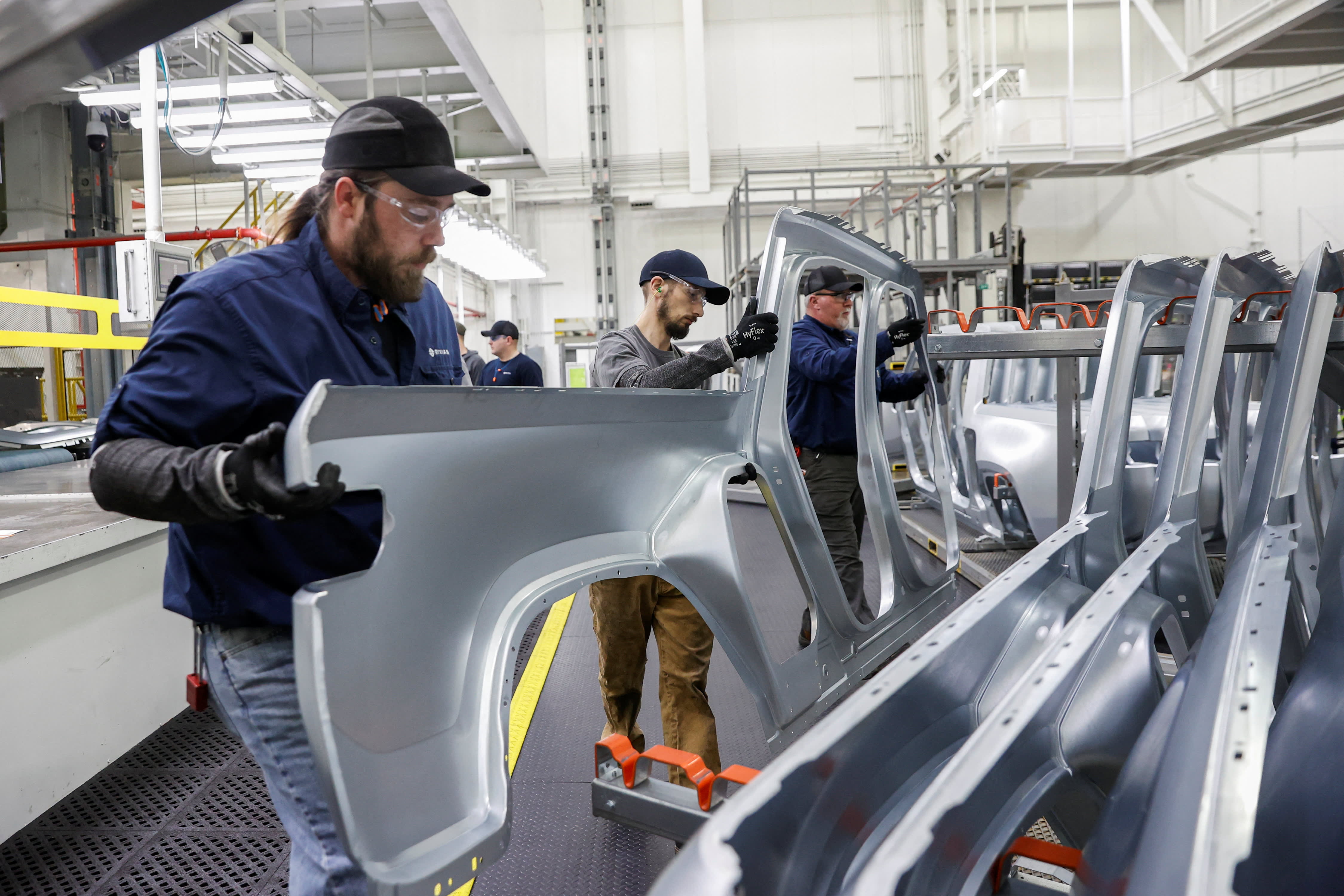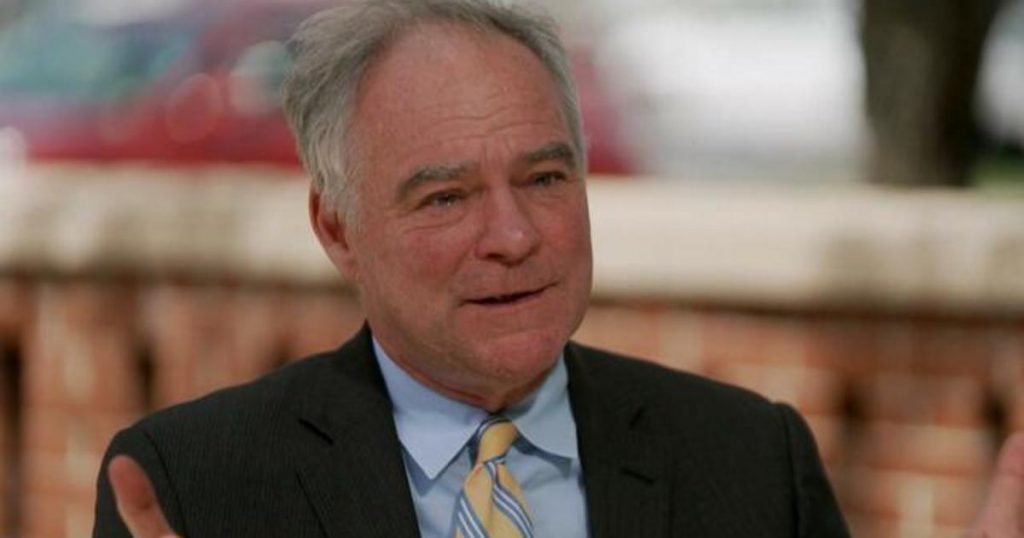
Gross domestic product unexpectedly declined 1.4% in the first quarter, marking an abrupt reversal for an economy coming off its best performance since 1984, the Commerce Department reported Thursday.
The negative growth rate missed even the subdued Dow Jones estimate of a 1% gain for the quarter.
A plethora of factors conspired to weigh against growth during the first three months of 2022, which fell off a cliff following the 6.9% gain to close out last year.
Rising omicron infections to start the year hampered activity across the board, while inflation surging at a level not seen since the early 1980s and the Russia invasion of Ukraine also contributed to the economic stasis.
Prices increased sharply during the quarter, with the price index for gross domestic purchases surging 7.8% in the three-month period, following a 7% gain in the fourth quarter of 2021.
While recession expectations on Wall Street remain low, there’s further trouble ahead: In an effort to combat burgeoning price increases, the Federal Reserve plans to enact a series of rate hikes aimed at slowing growth further.
Current market pricing indicates the equivalent of 10 quarter-percentage-point interest rate moves that would take the Fed’s benchmark interest rate to about 2.75% by the end of the year. That comes after two years of near-zero rates aimed at allowing a recovery from the steepest recession in U.S. history.
Along with that, the Fed has halted its monthly bond-buying program aimed at keeping rates low and money flowing through the economy. The Fed will start shrinking its current bond holdings as soon as next month, slowly at first then ultimately at a pace expected to hit as high as $95 billion a month.
While economists still largely expect the U.S. to skirt an outright recession, risks are rising.
Goldman Sachs sees about a 35% chance of negative growth a year from now. In a forecast that is an outlier on Wall Street, Deutsche Bank sees the chance of a “significant recession” hitting the economy in late 2023 and early 2024, the result of a Fed that will have tighten much more to tamp down inflation than forecasters currently anticipate.
That all comes after a year in which GDP rose at a 5.7% pace, the fastest since 1984. While consumer expenditures, which account for nearly 70% of the U.S. economy, drove growth in the first half of 2021, an inventory rebuild from the depleted pandemic levels accounted for almost all the growth in the final two quarters of the year.
Sustaining that growth into 2022 will require an easing in clogged supply chains and some resolution in Ukraine, both of which will face pressures from higher interest rates from not just the Fed but also global central banks that are engaged in a similar struggle against inflation.
This is breaking news. Please check back here for updates.

